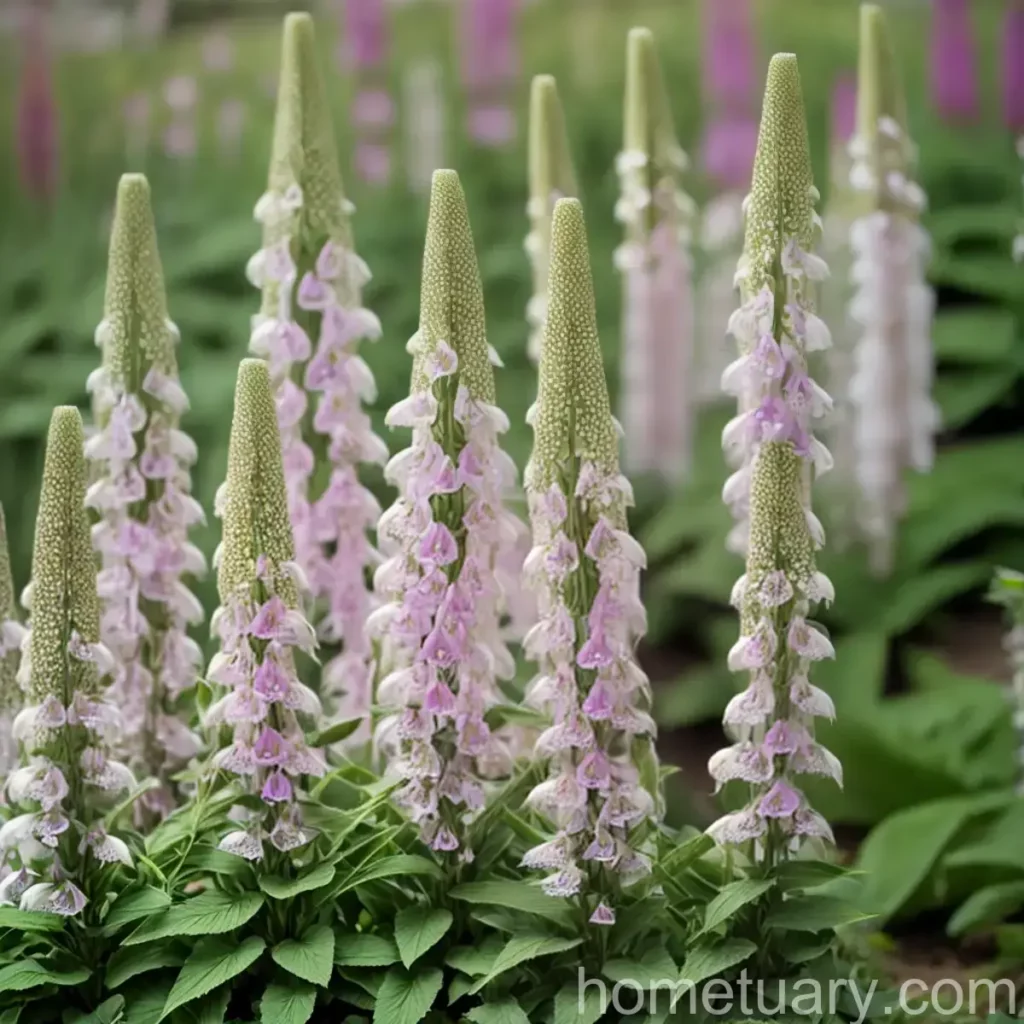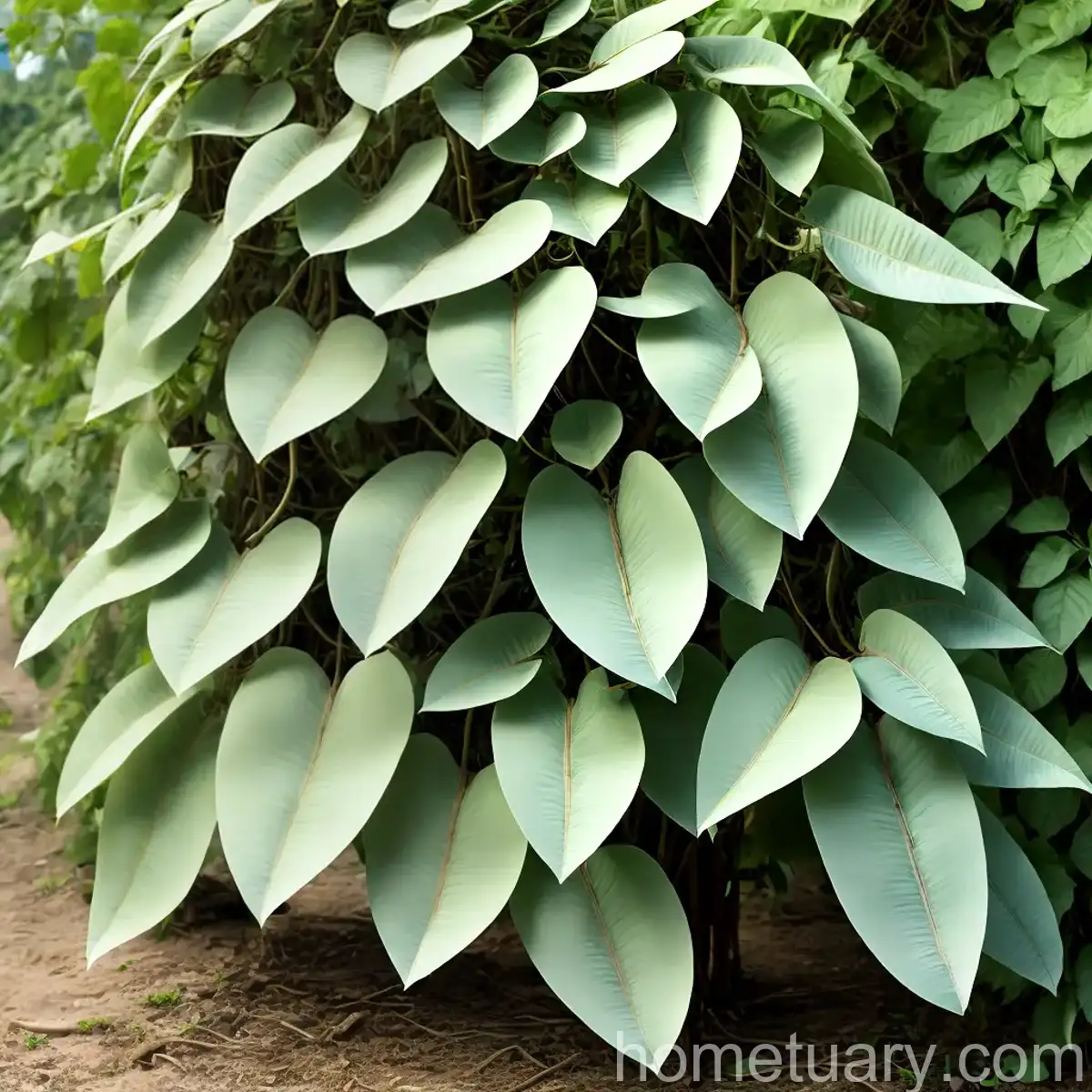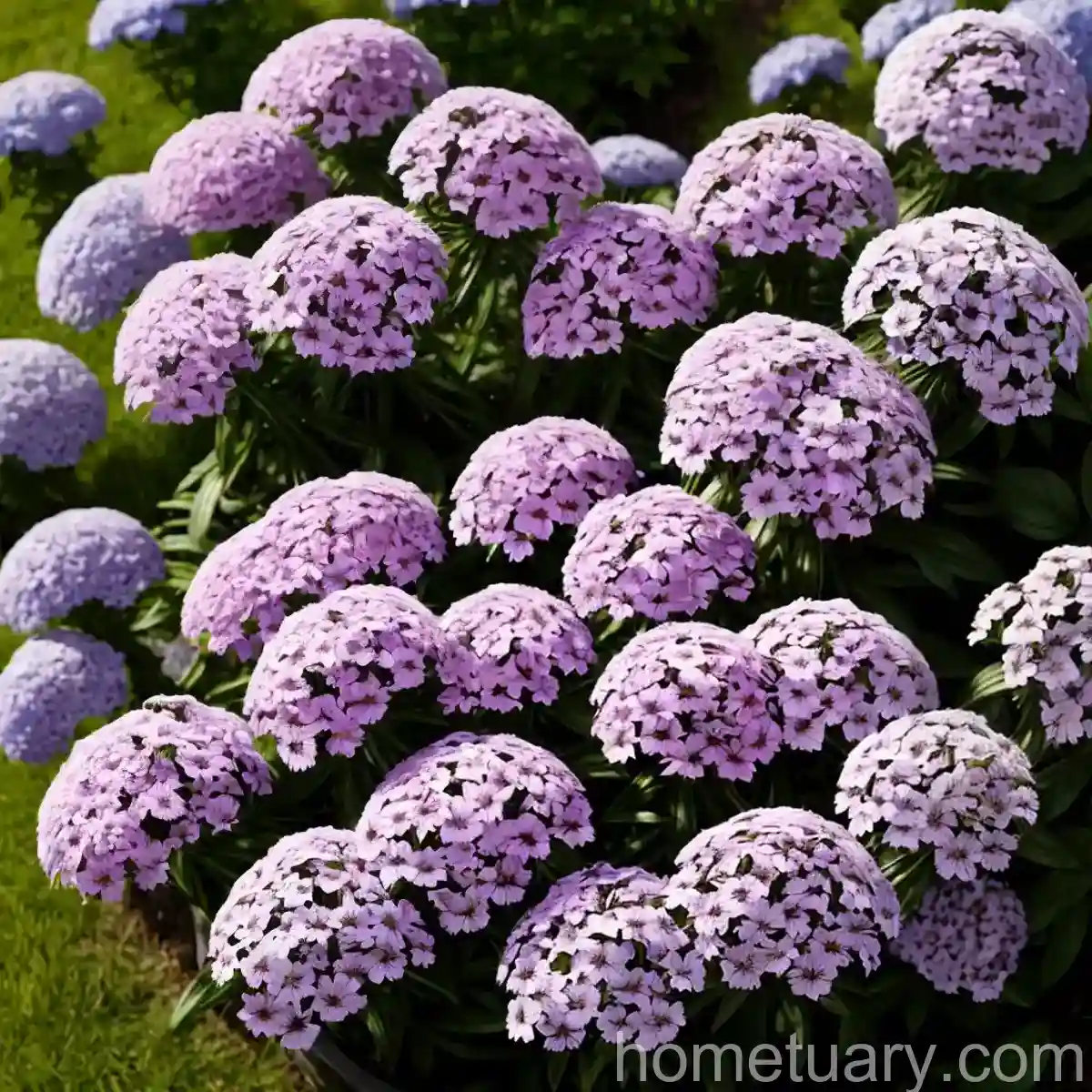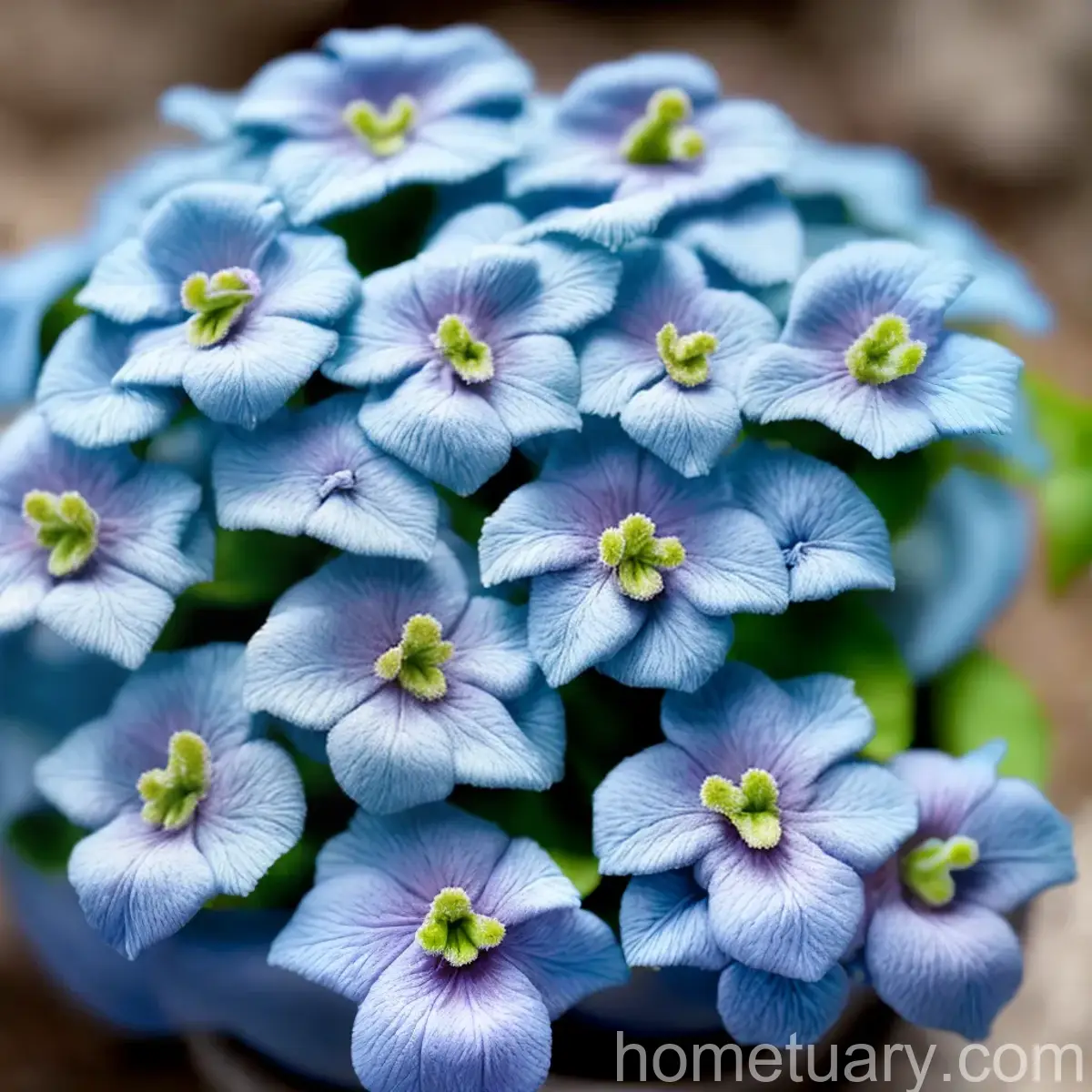All About Common Foxglove (Digitalis Purpurea)
Common foxglove, scientifically known as Digitalis purpurea, is a stunning flowering plant that belongs to the family Plantaginaceae. This biennial or short-lived perennial plant is native to Europe and has become naturalized in many regions around the world. Common foxglove is beloved by gardeners and plant enthusiasts for its tall flower spikes and the vibrant colors of its bell-shaped flowers. Beyond its ornamental value, common foxglove has a long history of medicinal uses, which are derived from the chemical compounds found in its leaves, flowers, and seeds.
In this comprehensive guide, we will delve into everything you need to know about common foxglove, including its cultural requirements, uses, habitat, folklore, and much more. Whether you’re an experienced gardener, a plant enthusiast, or someone interested in the historical and cultural significance of plants, this article will provide valuable insights into this beautiful and intriguing species.
Key Takeaways – Common Foxglove (Digitalis purpurea)
For those seeking a quick overview, here are the key takeaways about common foxglove:
- Scientific Name: Digitalis purpurea
- Common Names: Common foxglove, purple foxglove
- Plant Type: Biennial or short-lived perennial
- Native Habitat: Europe
- Uses: Ornamental, medicinal
- Flower Colors: Various shades of pink, purple, white, and yellow
- Toxicity: Contains cardiac glycosides with potential toxic effects
- Cultural Requirements: Prefers well-draining soil, partial shade to full sun, regular watering, and minimal fertilizer
- Propagation: By seeds or division
- Common Pests: Aphids, spider mites
- Common Diseases: Root rot, powdery mildew
Now, let’s explore each of these aspects in greater detail to gain a comprehensive understanding of common foxglove.
What is Common Foxglove (Digitalis purpurea)?
Plant Description
Common foxglove is a visually striking plant known for its tall, slender flower spikes that can reach heights of 3 to 5 feet (approximately 1 to 1.5 meters). The flowers are arranged along these upright stems in a visually dramatic fashion, creating a captivating display in the garden or natural landscape. Each individual flower of the common foxglove is shaped like a tubular bell, with colors ranging from deep purple and pink to pristine white and soft yellow. The inner portion of the flower often features unique markings or spots, adding to its allure.
One of the distinctive features of common foxglove is its propensity for self-seeding. Once established, the plant can readily scatter its seeds, leading to new generations of foxglove in the same area. This self-seeding ability contributes to the naturalization of common foxglove in various regions, allowing it to thrive in the wild and become a recognizable component of local ecosystems.
Medicinal Uses and Herbal Lore
While commonly known for its ornamental value, common foxglove holds historical significance as a medicinal plant. The leaves of the foxglove contain a group of chemical compounds known as cardiac glycosides, with the most prominent ones being digoxin and digitoxin. These compounds have a profound impact on the cardiovascular system and have been used in traditional medicine to treat various heart conditions.
It is important to note that the medicinal use of common foxglove and its derivatives requires expert knowledge and precise dosing. The same compounds that impart medicinal effects can also be highly toxic if not used properly. Thus, the use of common foxglove for medicinal purposes should only be undertaken under the guidance of a qualified healthcare professional.
Folklore and Symbolism
Beyond its practical applications, common foxglove has also captured the imagination of cultures and societies throughout history, leading to a rich tapestry of folklore and symbolism. In various traditions, the plant has been associated with both positive and negative concepts. On one hand, it symbolizes protection and good luck, while on the other, it is linked to caution and danger due to its toxic properties.
In some folklore, the appearance of common foxglove in the wild was interpreted as a sign of the presence of fairies and magical beings. Stories and legends regarding the plant’s role in enchantment and mystery have been passed down through generations, adding to its allure and enigmatic appeal.
Cultural Requirements
To cultivate common foxglove successfully, it is essential to understand its specific cultural requirements. From sunlight to soil composition, each factor plays a crucial role in the plant’s health and overall performance. Here’s a detailed look at the cultural considerations for growing common foxglove:
Water
In terms of water requirements, common foxglove thrives in consistently moist soil. While it does not tolerate waterlogged conditions, it benefits from regular watering, especially during dry periods. Ensuring adequate moisture is particularly important during the plant’s active growth phases and when it is flowering. Mulching around the base of the plant can help retain soil moisture and maintain an optimal growing environment.
Sunlight
Common foxglove is known for its preference for partial shade to full sun. In regions with hot summers, providing some relief from the intense midday sun can be beneficial, especially for plants grown in containers or in exposed locations. In contrast, in cooler climates, full sun exposure may be suitable, aiding the development of robust flower spikes and lush foliage.
Fertilizer
In general, common foxglove does not require heavy feeding. Excessive fertilization can lead to overly lush growth that may be more prone to diseases such as powdery mildew. Instead, incorporating organic matter into the soil before planting and providing a light top-dressing of compost in early spring is usually sufficient to support healthy growth. Additionally, a balanced, slow-release fertilizer may be applied at the start of the growing season to provide essential nutrients.
Soil
Well-draining soil is critical for common foxglove, as it is susceptible to root rot in waterlogged conditions. A slightly acidic to neutral pH range is preferred, and the addition of organic matter aids in maintaining soil structure and fertility. Sandy loam or loamy soils with good aeration are well-suited for growing common foxglove, allowing the roots to access oxygen while retaining adequate moisture.
Pruning
Pruning common foxglove primarily involves the removal of spent flower spikes to encourage additional blooms and prevent self-seeding if desired. Once the main flowering period has concluded, the removal of spent stems can tidy the plant’s appearance and redirect its energy toward the development of new growth. Additionally, trimming back any yellowing or damaged foliage can help maintain the plant’s overall vigor.
Propagation
Common foxglove can be propagated through both seeds and division, providing opportunities for gardeners to expand their plantings or share the beauty of this species with others. Here’s an overview of the two primary propagation methods:
Seed Propagation
One of the most common methods of propagating common foxglove is through the use of seeds. The plant produces an abundance of small, fine seeds that can be collected once the flowers have faded and the seed pods have matured. These seeds can be sown directly into prepared soil in the garden or started indoors in seed trays. When sowing indoors, it is essential to provide adequate moisture and light to support germination and initial growth before transplanting the seedlings to their permanent location.
Division
For established clumps of common foxglove, division can be employed to create new plants or rejuvenate existing ones. The process involves carefully lifting the plant, dividing the root mass into sections, and replanting the divisions in suitable locations. Division is best carried out in early spring, allowing the newly separated sections to establish themselves before the onset of hot, dry weather.
Container Popularity
Common foxglove is well-suited for growing in containers, adding vertical interest and vibrant color to outdoor spaces such as patios, balconies, and gardens with limited ground space. When selecting containers for growing common foxglove, it is important to choose ones that provide ample room for root development and stability to prevent toppling of the tall flower spikes. Additionally, ensuring proper drainage and using high-quality, well-draining potting mixes can contribute to the success of container-grown common foxglove.
Container Culture
When growing common foxglove in containers, it is important to monitor the soil moisture levels closely, as containers can dry out more rapidly compared to garden beds. Providing a consistent watering regimen and supplying occasional supplemental feeding with a balanced liquid fertilizer can support healthy growth and robust flowering. Selecting a suitable location for the containers, based on the plant’s sunlight requirements, is also crucial for maximizing its performance and ornamental appeal.
Common Diseases and Pests
Despite its visual allure, common foxglove can face challenges from various diseases and pests, impacting its overall health and vigor. By understanding these potential issues and implementing preventive measures, gardeners can contribute to the long-term success of their common foxglove plantings.
Common Diseases
Root Rot: Prolonged periods of soil saturation or poor drainage can lead to the development of root rot in common foxglove. To mitigate this issue, ensuring proper soil drainage and providing adequate airflow around the base of the plant can be beneficial. Avoiding overwatering and selecting well-draining planting sites can significantly reduce the risk of root rot.
Powdery Mildew: Common foxglove is susceptible to powdery mildew, a fungal disease that can affect the foliage, leading to the development of a powdery white coating. This condition often arises in environments with poor air circulation and high humidity. To prevent powdery mildew, providing adequate spacing between plants, promoting good airflow, and avoiding overhead watering can help minimize the risk of infection.
Disease Diagnosis
Early detection of diseases in common foxglove is essential for implementing timely interventions and preventing the spread of pathogens. Regular inspection of the plant for any signs of discoloration, wilting, or abnormal growth can aid in early disease diagnosis. Upon identifying potential issues, it is advisable to take prompt action, which may include adjusting cultural practices, applying targeted treatments, or seeking guidance from local horticultural experts.
Common Pests
Aphids: Aphids are a common pest that may infest common foxglove, feeding on the sap of the plant and excreting honeydew, which can attract sooty mold. Natural predators, such as ladybugs, lacewings, and parasitic wasps, can aid in controlling aphid populations. Additionally, gently spraying the affected plants with water or using insecticidal soap can help manage aphids.
Spider Mites: Spider mites are tiny arachnids that can cause stippling and discoloration of common foxglove leaves as they feed on plant sap. Maintaining a humid environment around the plants and regularly hosing them down can help deter spider mites. For severe infestations, using insecticidal sprays labeled for mite control may be necessary.
Botanist’s Tips for Growing Common Foxglove
To support the successful cultivation of common foxglove, here are some expert tips from botanists and experienced gardeners:
-
Provide Adequate Support: Due to the substantial height of common foxglove, providing support for the stems, especially in exposed or windy sites, can prevent breakage and promote an upright growth habit.
-
Deadhead Spent Flowers: Regularly removing spent flowers can encourage continuous blooming and prevent the plant from focusing its energy on seed production.
-
Mulch Around the Base: Applying a layer of organic mulch, such as shredded bark or compost, can help retain soil moisture, regulate temperature, and inhibit weed growth around common foxglove plants.
-
Monitor for Self-Seeding: As common foxglove is prolific in self-seeding, monitoring and managing seedlings can prevent overcrowding and maintain a balanced garden ecosystem.
Fun Facts About Common Foxglove
-
The scientific name Digitalis purpurea is derived from the Latin word “digitus,” meaning finger, alluding to the tubular flowers that can be easily fitted over a fingertip.
-
Common foxglove is highly attractive to pollinators, including bees and hummingbirds, due to the accessibility and nectar content of its flowers.
-
In certain regions, common foxglove was historically used to create dye for textiles, producing various shades from pale yellows to muted greens.
-
The historical significance of common foxglove in traditional medicine has led to its inclusion in numerous herbal compendiums and apothecary manuals.
Links to External Resources
To further expand your knowledge about common foxglove and related topics, consider exploring the following external resources:
- Royal Horticultural Society – Growing Foxgloves
- American Society for the Prevention of Cruelty to Animals (ASPCA) – Toxic and Non-Toxic Plants: Foxglove
- The Herb Society of America – Foxglove: Digitalis purpurea
- Penn State Extension – Controlling Aphids
- University of California Statewide Integrated Pest Management Program – Spider Mites Management Guidelines
By embracing these valuable resources, you can gain a deeper understanding of common foxglove and its multifaceted significance in horticulture, medicine, and culture.
In conclusion, common foxglove (Digitalis purpurea) stands as a captivating plant with a rich tapestry of uses, cultural significance, and ornamental value. From its gracefully towering flower spikes to its historical connections to traditional medicine and folklore, common foxglove continues to captivate and inspire. Whether woven into the fabric of traditional gardens or emerging as a naturalized inhabitant of wild landscapes, this remarkable plant leaves an indelible impression on all who encounter it.
Remember, while common foxglove’s ornamental appeal is undeniable, its medicinal use requires caution and expert guidance. By embracing proper cultural practices and understanding the broader context of its significance, we can appreciate and celebrate common foxglove in all its splendor.
Now it’s your turn – whether you’re nurturing common foxglove in your garden, exploring its historical uses, or simply marveling at its botanical beauty, let the story of common foxglove continue to unfold in your own journey with plants.
[References]















